Introduction:
- Protocol: A set of rules and regulations is called a protocol.
- Communication: Exchange of information from one system to another system with a medium is called a communication.
- Communication Protocol: A set of rules and regulations that allow two electronic devices to connect to exchange the data with one and another.
Types of Electronic Communication Protocols:
There are two types of communication protocols which are classified below:
1. Inter System Protocol
2. Intra System Protocol
1. Inter System Protocol: The
inter system protocol using to communicate the two different devices.
Like communication between computer to microcontroller kit. The
communication is done through a inter bus system.
Different categories of Inter system protocol:- UART Protocol
- USART Protocol
- USB Protocol
2. Intra System Protocol: The
Intra system protocol is used to communicate the two devices within the
circuit board. While using this intra system protocols, with out going
to intra system protocols we will expand the peripherals of the
microcontroller. The circuit complexity and power consumption will be
increases by using intra system protocol. Using intra system protocols
circuit complexity and power consumption, cost is decrease and it is
very secure to accessing the data.
Different categories of Inter system protocol
- I2C Protocol
- SPI Protocol
- CAN Protocol
UART Protocol:
UART stands for universal asynchronous
transmitter and receiver .UART Protocols is a serial communication with
two wired protocol .The data cable signal lines are labeled as Rx and
Tx. Serial communication is commonly used for transmitting and receiving
the signal. It is transfer and receives the data serially bit by bit
without class pulses. The UART take bytes of data and send the
individual bits in sequential manner. UART is a half duplex protocol.
Half duplex means transferring and receiving the data but not at a same
time. Most of the controllers have hardware UART on board. It uses a
single data line for transmitting and receiving the data. It has one
start bit, 8-bit data and one stop bit mean the 8-bit data transfer ones
signal is high to low.
Ex: Emails, SMS, Walkie-talkie.
USART Protocol:
USART stands for universal synchronous
and asynchronous transmitter and receiver. It is a serial communication
of two wire protocol. The data cable signal lines are labeled as Rx and
TX. This protocol is used to transmitting and receiving the data byte by
byte along with the clock pulses. It is a full-duplex protocol means
transmitting and receiving data simultaneously to different board rates.
Different devices communicate with microcontroller to this protocol.
Ex:-Telecommunications.
USB Protocol:
USB stands for universal serial bus.
Again it is a serial communication of two wire protocol. The data cable
signal lines are labeled D+ and D-.This protocol is used to communicate
with the system peripherals.USB protocol is used to send and receive the
data serially to the host and peripheral devices.USB communication
requires a driver software which is based on the functionality of the
system.USB device can transfer data on the bus without any request on
the host computer. Now a day’s most of the devices are using this
technique for communicating with USB protocol. Like computer to
communicate with ARM controller using USB. USB transfer the data
different modes .first one is slow speed mode 10kbps to 100 kbps; second
one is full speed mode 500kbps to 10mbps, high speed mode 25mbps to 400
mbps.USB maximum cable length of 4 meters.
Ex: Mouse, Keyboard, Hubs, switches, pen drive.
Differences Between the Inter System Protocols:
I2C Protocol:
I2C stands for inter integrated circuit.
I2C requires only two wires connecting all peripherals to
microcontroller.I2C requires two wires SDA (serial data line) and SCL
(serial clock line) to carry information between devices. It is a master
to slave communication protocol. Each slave has a unique address.
Master device sends the address of the target slave device and
read/write flag. The address is match any slave device that device is
ON, remaining slave devices are disable mode. Once the address is match
communication proceed between master and that slave device and
transmitting and receiving the data. The transmitter send 8-bit data,
the receiver replies 1-bit of acknowledgement. When the communication is
completed master issues the stop condition. The I2C bus was developed
by Philips Semiconductors. Its original purpose is providing an easy way
to connect CPU to peripherals chips. Peripheral devices in embedded
systems are often connected to the microcontroller as memory mapped
devices. I2C requires only two wires for connecting all the peripherals
to the microcontroller. These active wires, called SDA and SCL, are both
bidirectional. SDA line is a serial data line and SCA line is a serial
clock line.
I2C Pull-up Resistors:
Why given the pull-up resisters in I2C SCL and SDA line.
- Both SDA and SCL lines are open drain drivers.
- Its can be drive output low canot driver it high.
- For the lines to be able to go high you must provide pull-up resistors
SPI Protocol:
SPI stands for serial peripheral
interface. It is one of the serial communication protocol developed by
Motorola. Some times SPI protocol is also called a 4-wire protocol. It
requires four wires MOSI, MISO, SS, and SCLK.SPI protocol used to
communicate the master and slave devices. The master first configures
the clock using a frequency. The master then selects the particular
slave device for communication by pulling the chip select button. That
particular device is selected and starts the communication between
master and that particular slave. The master select only one slave at a
time. It is full duplex communication protocol. Not limited to 8 bit
words in the case of bit transferring.
CAN Protocol:
CAN stands for controller area network
.It is a serial communication protocol. It require two wires CAN High
(H+) and CAN low (H-). It was developed by the Robert bosh company in
1985 for in vehicle networks. It is based on a message oriented
transmission protocol.



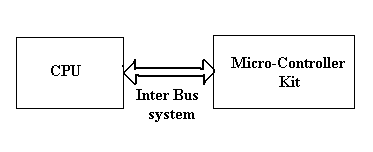
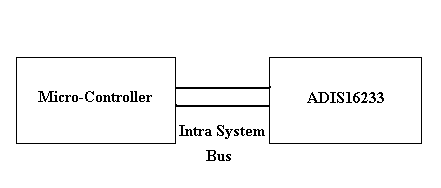


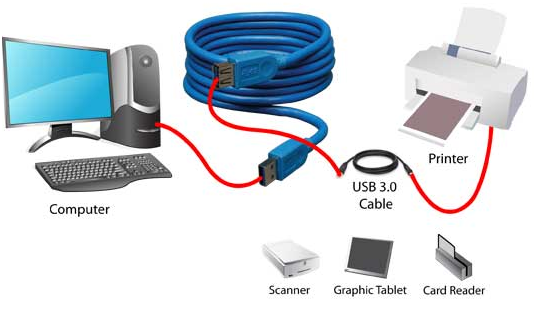
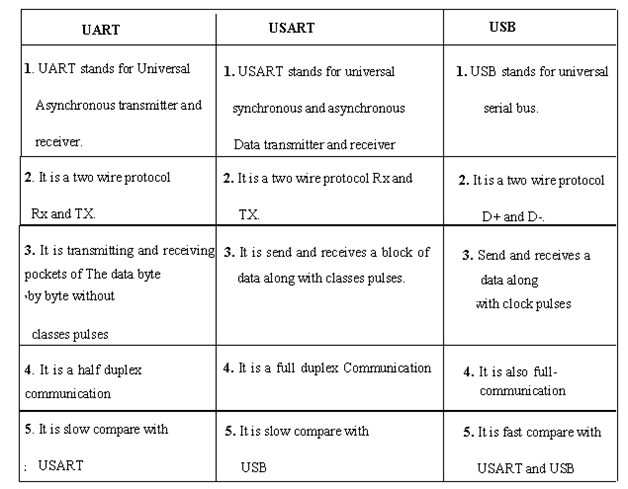
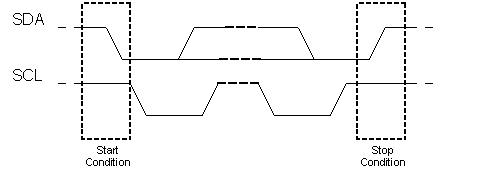
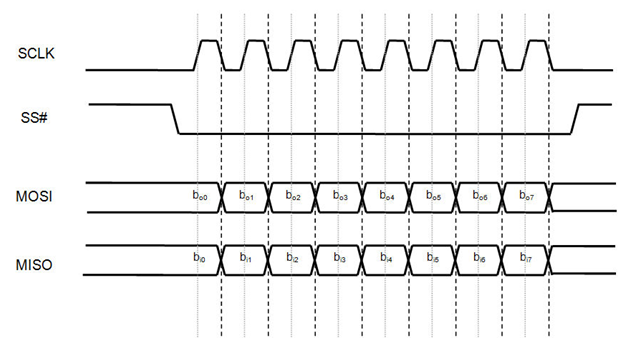
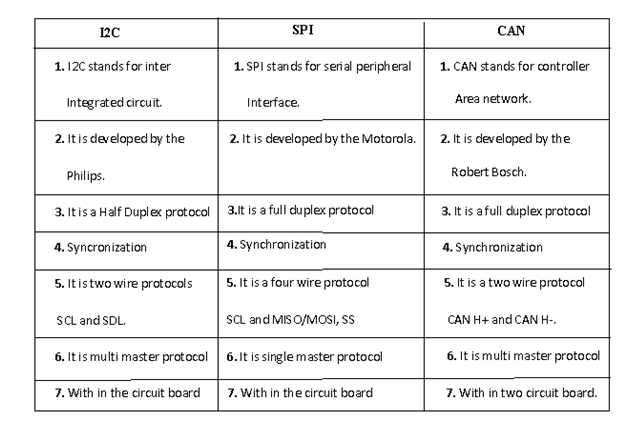




No comments:
Post a Comment